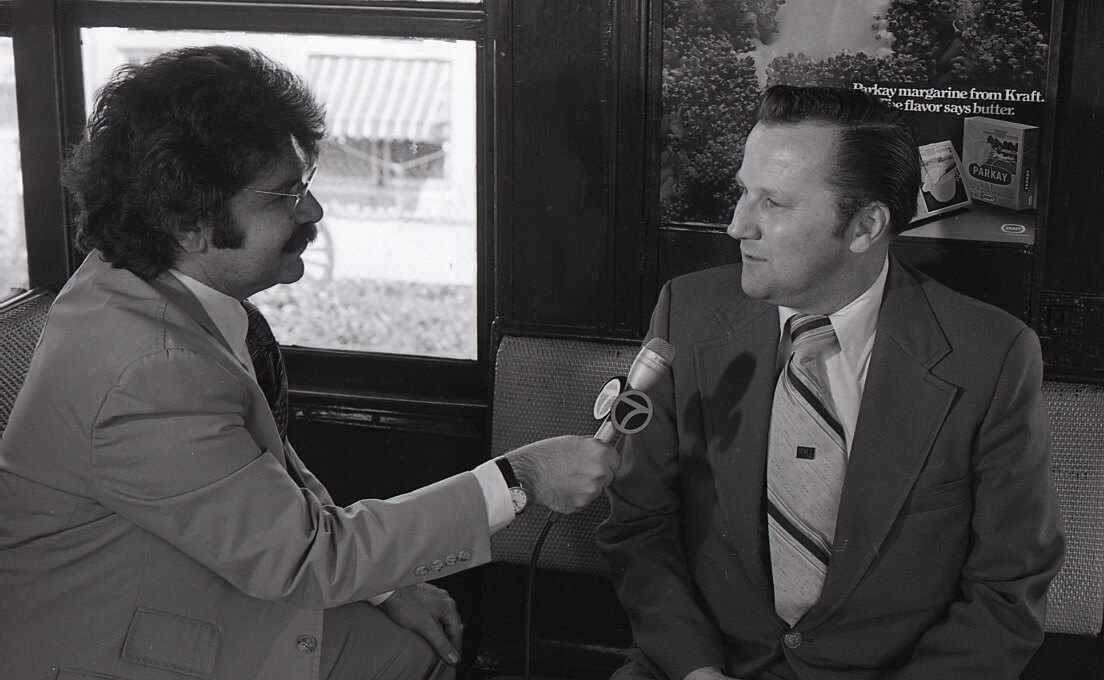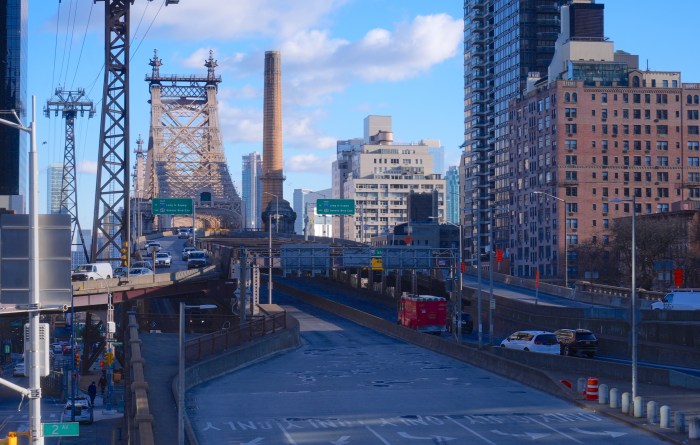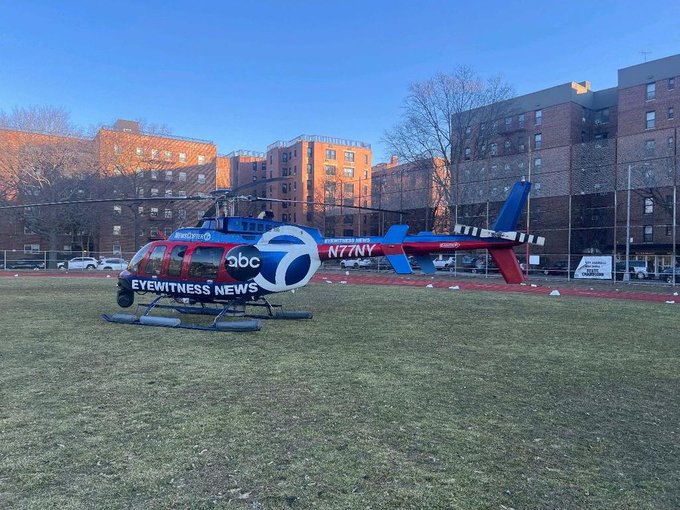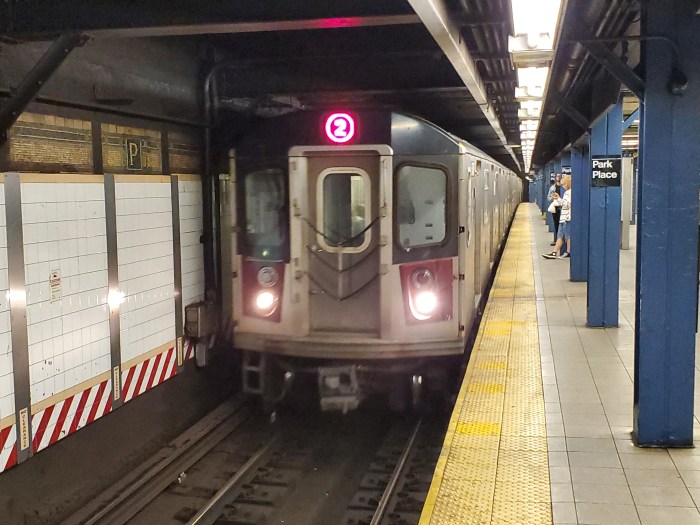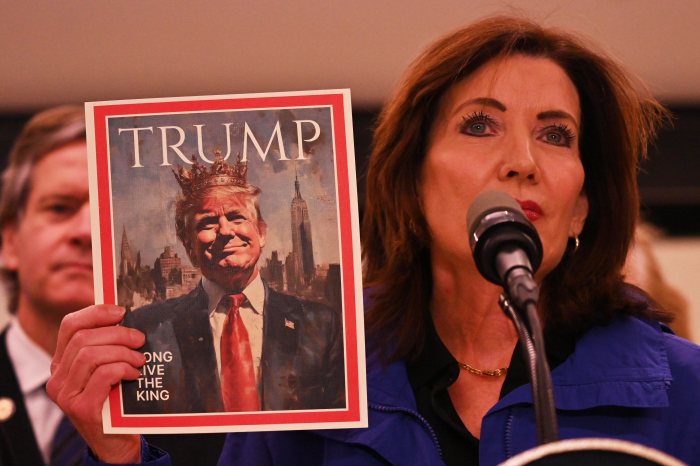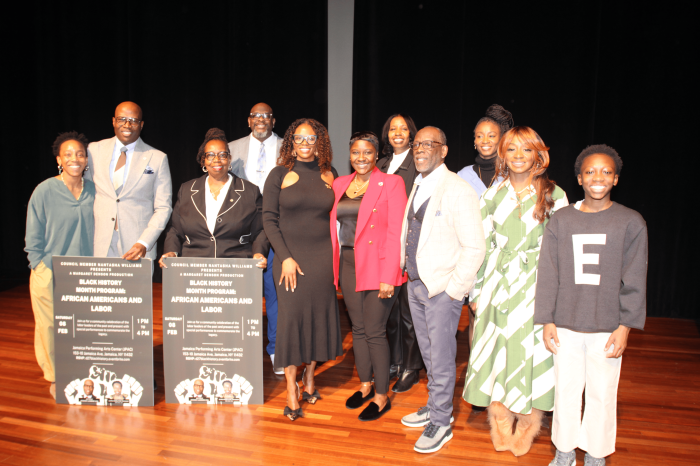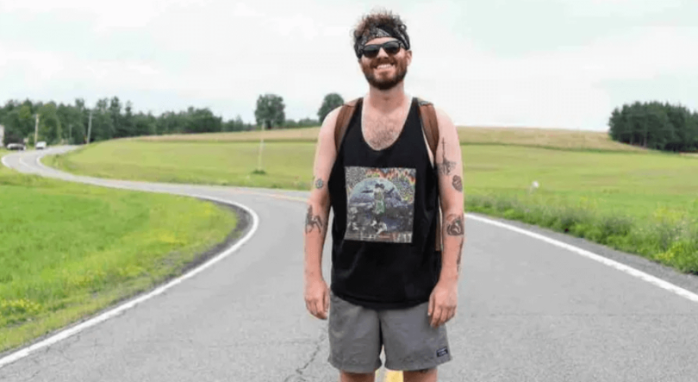Donald Harold, a former MTA spokesperson and passionate railfan widely acknowledged as the founder of the Transit Museum, passed away last Wednesday, June 14, at the age of 91.
His death, which comes after several years of ill health living in a Queens nursing home, was confirmed by the Transit Museum. The museum’s executive director, Concetta Bencivenga, noted that many people were responsible for bringing together the components to preserve and display past transit artifacts, but said it’s “uniformly agreed” that Harold was the “patriarch” of the institution.
In 1976, Harold had spent a decade working for the MTA and its predecessor, the city-controlled New York City Transit Authority, in the public relations department, and had already managed to preserve reams of old equipment that would otherwise have been destined to be trashed.
The Transit Museum began that year as a temporary exhibition at its present home, the decommissioned Court Street station in Downtown Brooklyn, in honor of the United States bicentennial. New York City was in a time of flux, having just barely skirted going bankrupt, and wasn’t doing much for the bicentennial, Bencivenga told amNewYork Metro. Consequently, Harold convinced “the powers that be” at the MTA to allow the exhibition of historic transit artifacts at Court Street as part of New York’s bicentennial celebration.

“This group of guys at New York City Transit petitioned the powers that be at Jay Street to ask for permission, like look, the bicentennial’s coming, New York’s not really doing anything, we’ve got this fiscal crisis, can we take that abandoned Court Street station and can we just talk about how subways came to be,” Bencivenga described. “And it was only ever supposed to be opened from July 4, 1976 to Labor Day, 1976. And so, as we are approaching our 50th anniversary, it was basically a smash success since the first day it opened.”
Deploying the slogan “catch all the trains you missed,” the Transit Museum has since then educated reams of New Yorkers, most notably children and transit aficionados, in the history of how New Yorkers move, exhibiting scores of retired train cars that can also be ridden on the rails for “nostalgia” tours.
Harold was born and spent most of his life in Brooklyn, where his grandfather had worked for the original Brooklyn-Manhattan Transit Corporation (BMT). He developed a love of transportation at an early age by watching the trolleys that once crisscrossed the borough.
“He just had a voracious appetite for all things transit, he loved Brooklyn more than any person you’ll ever meet,” said Bencivenga. “He loved transportation, he saw it as something that connected individuals.”

To some extent, that love of transit pit him against the civic tide in the early days of his tenure at the Transit Authority in the 1960s, a rough decade for mass transit. The 60s saw the destruction of the old, ornate Penn Station and its replacement with the maligned underground cavern that bears the name today, a move often cited as the genesis of the modern historic preservation movement.
Transit officials also tore down many miles of existing subway tracks between the 50s and 70s, especially elevated lines like the Myrtle Avenue El in Brooklyn and the Third Avenue El in Manhattan and the Bronx. That attitude also extended to old subway cars and other equipment, which were seen by most as useless junk. Harold did not share that view.
“You save certain things, you save old buildings that are worthy of landmarking, you save other things that are of interest, old structures, old ships,” said Joe Cunningham, a transit historian who has worked as a tour guide at the museum. “He said why not, the transit system is what makes New York work, and you should save that too, that’s something that shouldn’t be forgotten.”
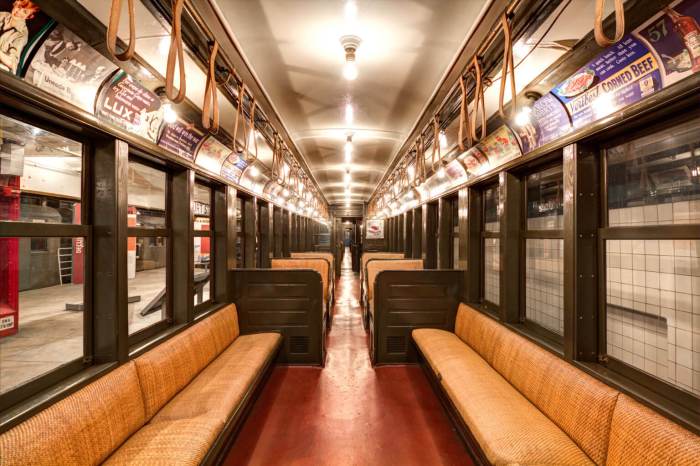
Harold was the nexus of efforts within the MTA to preserve old equipment, sweet-talking everyone from powerful transit bigwigs to rank-and-file employees at railyards to prevent the junking of old cars and figure out how to store them, and sometimes even doing in secret what Bencivenga described as “shenanigans for the greater good.”
“He really kind of knew the people with whom he needed to connect,” said Bencivenga. “They had been surreptitiously enacting their shenanigans for the greater good, moving train cars and renumbering them. There really was a strong window of opportunity to use the bicentennial to anchor this incredible collection.”
Harold not only thought to put the train cars on display, but also to allow tour groups to ride the old cars on “nostalgia” tours, which continue to this day. He was also the MTA’s point man for lending out rolling stock to filmmakers, and was on scene for the filming of two of the most famous subway movies of all time: 1971’s The French Connection and 1974’s The Taking of Pelham One Two Three, according to Cunningham.

All told, the work was important for the cause of historic preservation of transit assets not only in New York but around the world, said Cunningham.
“We’re lucky to have had him at the place that he was at the time that he was,” said Cunningham. “I think having [the museum] here has really affected the thinking of historical preservation of transit systems across the country and in other countries as well.”
Bencivenga met Harold the year she started at the Transit Museum, in 2017, and was allowed to record their long-winded conversation discussing in granular detail how the museum came into being. The tapes are in the museum’s archives, and Bencivenga said the museum’s staff will pore through the tapes to perhaps one day put snippets on display in honor of Harold’s life.
“It is a love story to transit and to the city of New York, that’s what Don Harold’s life was,” said Bencivenga. “And we will endeavor to keep making him proud.”
Read more: BQE Expansion Hits Structural Snags



